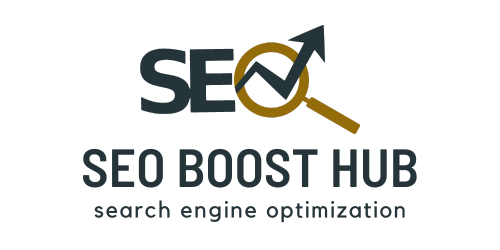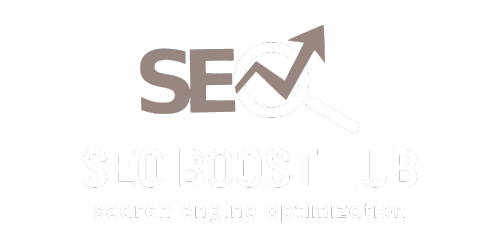Introduction: The Changing Landscape of Manufacturing in 2023
The manufacturing industry has been undergoing significant transformations in recent years, driven by technology, global supply chain shifts, and the growing focus on sustainability. In 2023, these changes are accelerating, with new trends reshaping how products are made and delivered. To stay competitive, businesses must understand and adapt to these emerging trends.
This article highlights the top manufacturing trends for 2023 and explores how they are impacting the industry.
1. Smart Factories and Industry 4.0
The rise of Industry 4.0 is revolutionizing manufacturing by integrating digital technologies into the production process. In 2023, smart factories—which leverage technologies like the Internet of Things (IoT), artificial intelligence (AI), and robotics—are becoming more common.
Key Benefits of Smart Factories:
- Real-Time Data Analytics: IoT-enabled devices collect data throughout the manufacturing process, allowing for real-time insights and faster decision-making.
- Increased Efficiency: AI and automation help streamline operations, reducing downtime and increasing productivity.
- Customization: Smart factories enable mass customization, allowing manufacturers to quickly adapt to changing customer demands.
How to Prepare:
Manufacturers need to invest in IoT systems, AI-driven analytics tools, and employee training to fully embrace the potential of smart factories.
2. Advanced Automation and Robotics
Automation has been a major trend in manufacturing for years, but in 2023, it’s reaching new heights with collaborative robots (cobots) and more advanced automated systems. Automation is not only about replacing manual labor—it’s about enhancing efficiency, quality, and safety.
Trends in Automation:
- Cobots: These robots work alongside human workers, assisting with repetitive or physically demanding tasks.
- AI-Powered Automation: AI can optimize production schedules, predict machine failures, and reduce waste.
- Autonomous Mobile Robots (AMRs): These robots are used for internal logistics, transporting materials across the factory floor.
How to Prepare:
Businesses should evaluate their operations to determine which tasks can benefit most from automation and start integrating robots to enhance efficiency and safety.
3. Sustainability and Green Manufacturing
Sustainability is more than just a buzzword in 2023—it’s a key driver of innovation in the manufacturing industry. Consumers, governments, and investors are pushing for greener practices, and manufacturers must adapt by reducing their environmental footprint.
Green Manufacturing Trends:
- Energy-Efficient Processes: Manufacturers are investing in renewable energy sources, such as solar and wind power, to reduce their carbon emissions.
- Circular Economy Practices: Companies are adopting circular economy principles, focusing on reducing waste and recycling materials.
- Eco-Friendly Materials: The use of sustainable materials, like biodegradable plastics or recycled metals, is becoming more common.
How to Prepare:
Manufacturers should focus on integrating sustainable practices, such as reducing waste, optimizing energy use, and using environmentally friendly materials.
4. Supply Chain Resilience and Nearshoring
The COVID-19 pandemic and geopolitical tensions have exposed the vulnerabilities of global supply chains. In 2023, manufacturers are prioritizing supply chain resilience by adopting more flexible and localized production strategies.
Key Trends:
- Nearshoring: Companies are shifting production closer to their home markets to reduce dependency on long-distance supply chains.
- Diversification of Suppliers: To minimize risks, manufacturers are working with multiple suppliers in different regions.
- Supply Chain Transparency: Enhanced visibility through digital platforms is enabling manufacturers to monitor their supply chains in real-time.
How to Prepare:
Manufacturers should focus on building a more resilient supply chain by diversifying suppliers, nearshoring, and leveraging digital tools for supply chain visibility.
5. Additive Manufacturing and 3D Printing
Additive manufacturing, or 3D printing, is becoming a game-changer in the manufacturing industry. It allows for on-demand production, reduces material waste, and enables rapid prototyping.
Trends in Additive Manufacturing:
- On-Demand Production: Companies can quickly produce parts and components as needed, reducing inventory costs.
- Customization: 3D printing enables the creation of customized products with unique designs and specifications.
- Sustainable Manufacturing: By using only the material necessary for production, 3D printing reduces waste and energy consumption.
How to Prepare:
Manufacturers should explore integrating 3D printing into their operations, especially for prototyping and low-volume production runs.
6. Workforce Transformation and Upskilling
With the increasing adoption of automation and smart technologies, there’s a growing demand for a skilled workforce that can operate and manage advanced manufacturing systems. Upskilling employees is critical for ensuring they can thrive in this tech-driven environment.
Workforce Trends in 2023:
- Digital Skills Training: Manufacturers are investing in training programs that equip workers with the skills needed to manage automated systems and data analytics tools.
- Collaborative Human-Robot Teams: Workers and robots will increasingly work together, with humans overseeing operations and handling more complex tasks.
- Safety and Wellbeing: With automation handling dangerous tasks, the focus is on creating a safer, more comfortable working environment.
How to Prepare:
Manufacturers should invest in employee training programs, focusing on digital skills and the safe integration of automated systems.
7. Predictive Maintenance and AI
Predictive maintenance, powered by AI and machine learning, is becoming a critical component of modern manufacturing. Rather than waiting for equipment to fail, manufacturers can now predict when maintenance is needed, preventing costly downtime.
How Predictive Maintenance Works:
- IoT Sensors: Equipment is fitted with IoT sensors that monitor performance and detect signs of wear or malfunction.
- AI Analytics: AI analyzes the data to predict when maintenance should be performed, ensuring equipment runs smoothly.
How to Prepare:
Invest in IoT sensors and AI-driven maintenance platforms to enhance productivity and reduce unexpected downtime.












